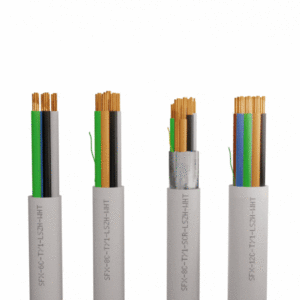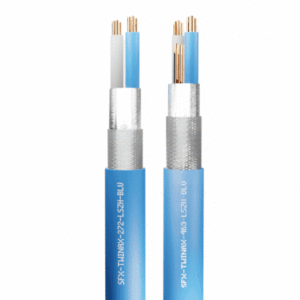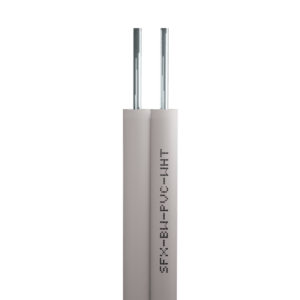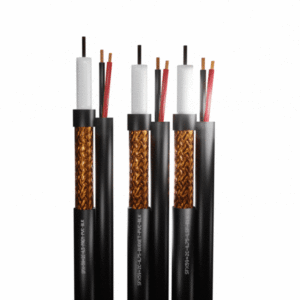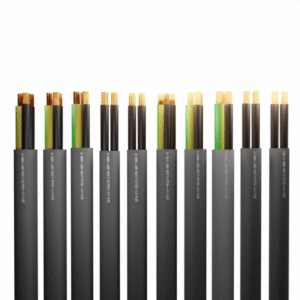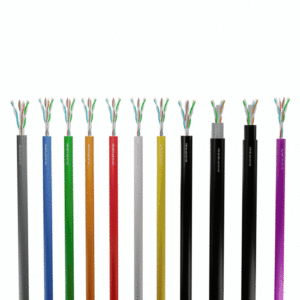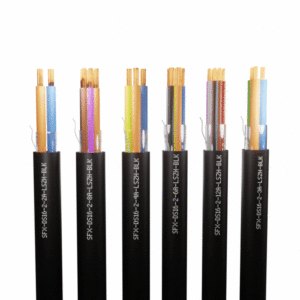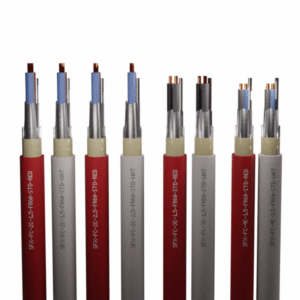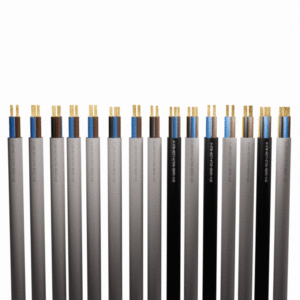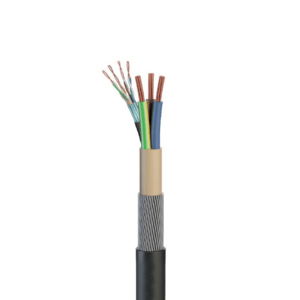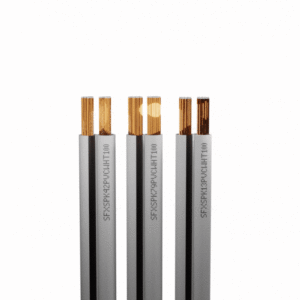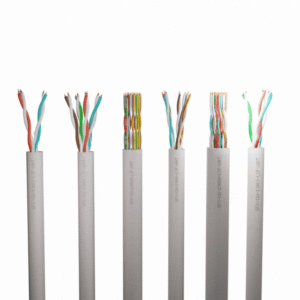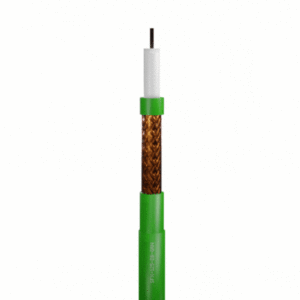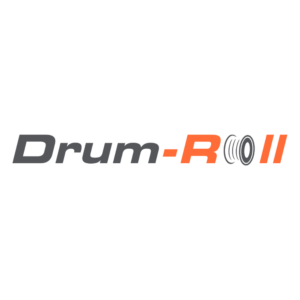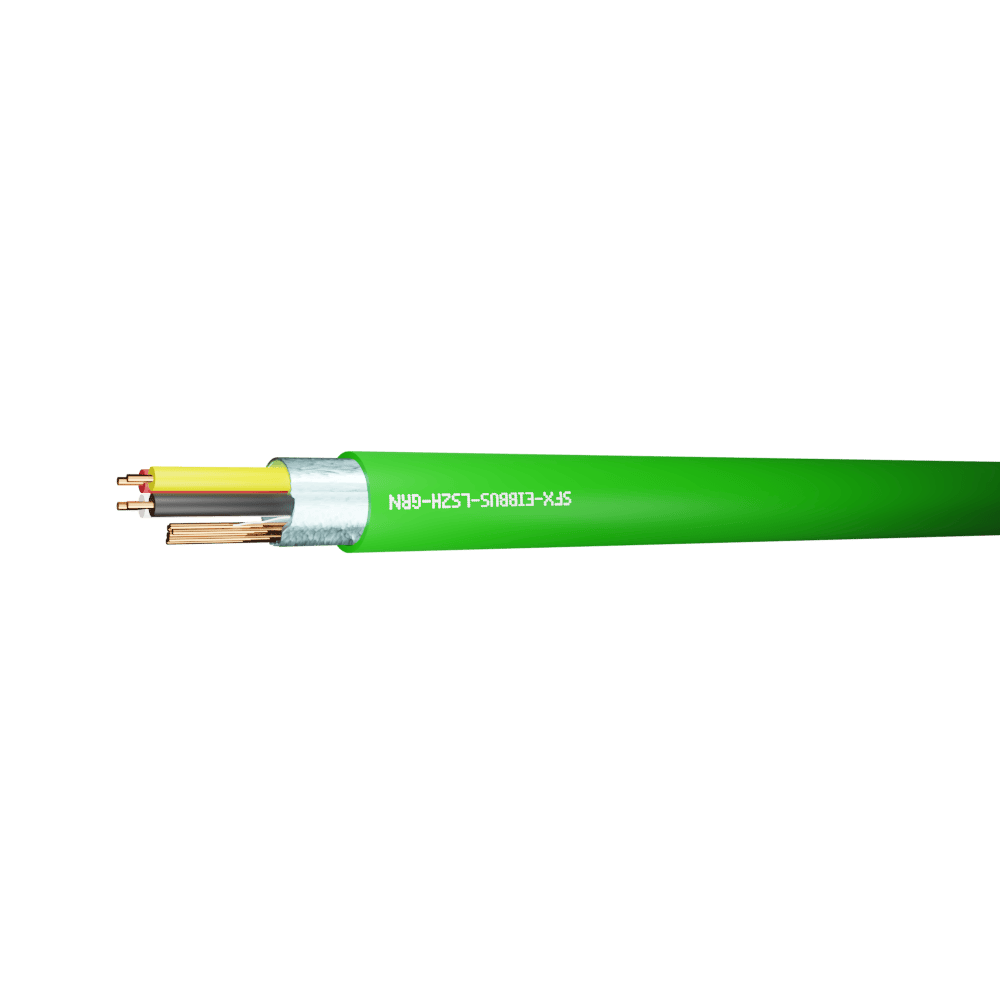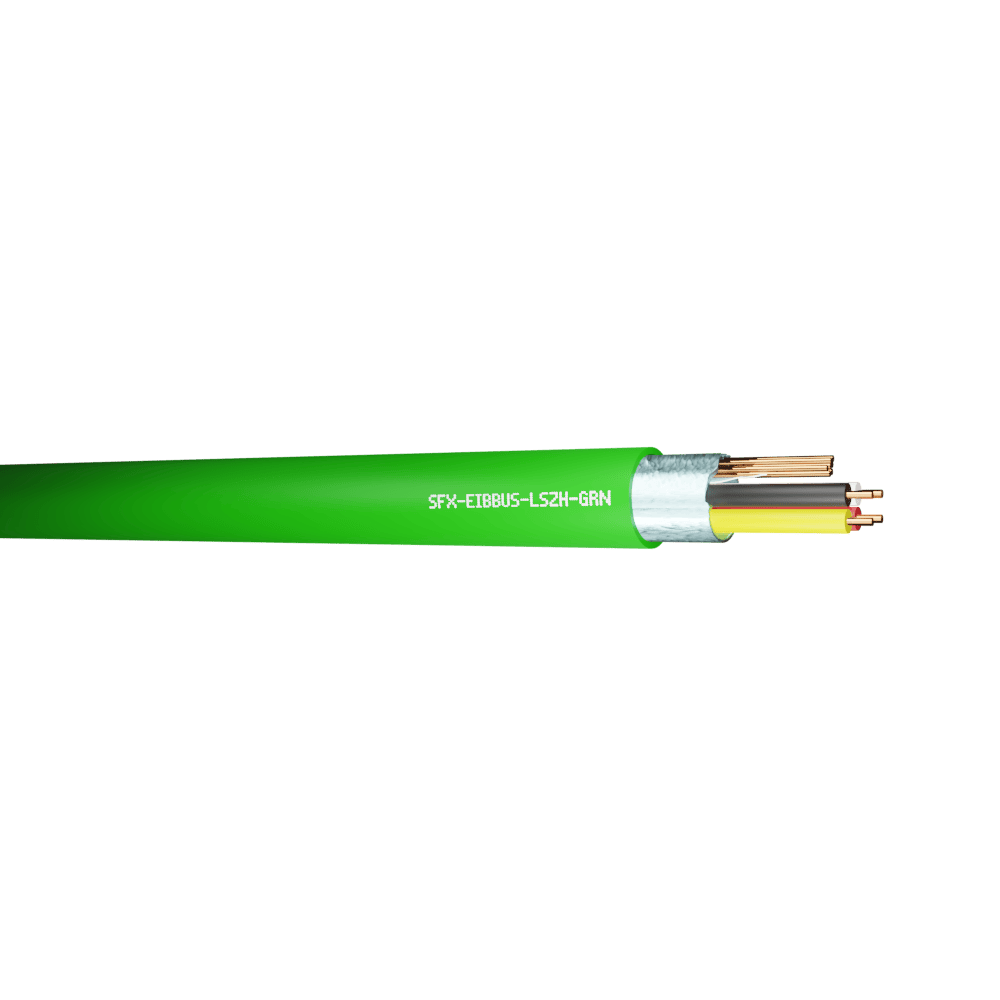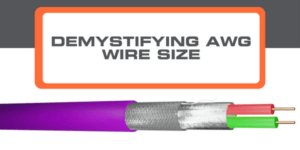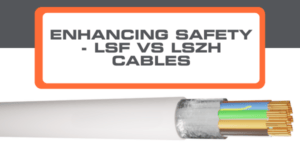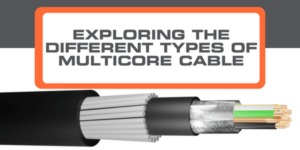What is a KNX/EIB cable?
The KNX/EIB cable is a special type of BUS cable made for KNX installations, previously called EIB, made by KONNEX.
KNX bus cables are used in home and building automation, which enables the control of various systems. These systems include; lighting, heating, ventilation, security and more.
The KNX bus cable is important for “green” building control systems and smart building technology. It improves the comfort levels of communication between devices. It also helps reduce carbon footprint and costs.
There are various KNX equivalent cables available throughout the cabling market. Whilst they don’t conform to the exact standards of KNX/EIB, they are suitable for the same applications. At Securiflex, we offer these as part of our Belden equivalents range.
What is a BUS Cable?
‘BUS’ stands for ‘Binary Unit System’ and is used to transfer data between users in a network using electrical cables.
Why is the KNX/EIB BUS cable Green?
Whilst the green colour of a KNX/EIB BUS isn’t mandatory, it is widely recommended for the following reasons:
- Differentiation – The use of the distinct green colour helps differentiate the KNX bus cable from other cables used in an installation, such as power cables, ethernet cables etc. This visual identification makes it easier for installers and technicians to identify and work with the KNX bus cable during installation, repair and maintenance.
- Standardisation – The choice of green as the recommended colour for KNX bus cables promotes standardisation across different installations. When a consistent colour scheme is adopted, it eases recognition and understanding of the wiring layout. This is especially important in complex systems or larger installations.
- Industry recognised – Over time, the green colour has become widely recognised and associated with KNX bus cables. It has become a standard within the KNX industry and many manufacturers produce and label their KNX bus cables with green sheathing in line with this recognition.
What is the construction of a KNX/EIB bus cable?
The KNX cable features a foil screening to prevent cross talk and external interference from other cables. Along with an LSZH (Low Smoke Zero Halogen) sheath, this makes KNX cables perfect for use in public buildings and domestic installations.
A KNX bus cable typically consists of two twisted pairs of conductors, with each pair having a different purpose.
- Power pair – One twisted pair is used for supplying power to the connected KNX devices. It carries a low voltage direct current (DC) power signal, usually 30 volts (V) or less.
- Data Pair – The other twisted pair is dedicated to carrying the data signals between the KNX devices. It transmits the control commands, status information and other data necessary for the operation of the KNX system.
If you have any questions about KNX and EIB cables that are not answered in this article, please do not hesitate to get in touch with us!

